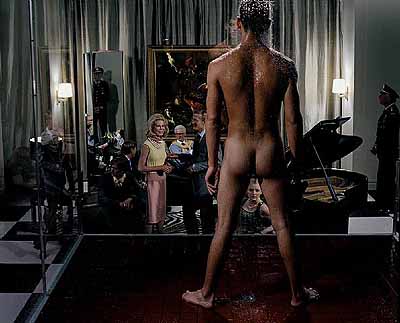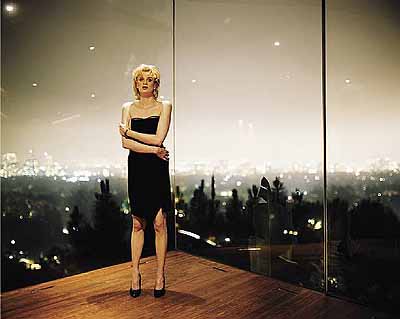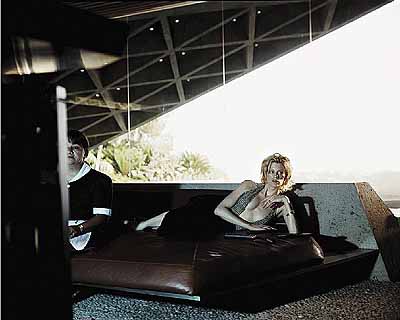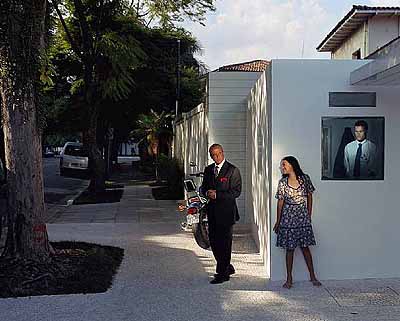
Philip-Lorca diCorcia »
Fashion Photographs
Exhibition: 27 May – 24 Jul 2004
Monica De Cardenas
Via Francesco Viganò 4
20124 Milano
+39 02-29010068
Monica@decardenas.com
www.monicadecardenas.com/
Tue-Sat 15-19

We are proud to announce the first exhibition in Italy of Philip-Lorca diCorcia's Fashion Photographs, presently on show also at New York's MoMA in the exhibition Fashioning Fiction in Photography since 1990. The photographs were originally commissioned by “W” magazine and have been taken between 1997 and 2003 in Cuba, Los Angeles, Bangkok and Sao Paolo. They've had an enormous influence on fashion photography and have been imitated but never equalled. Real hybrids between art and fashion photography, they tell essential and enigmatic tales that become contemporary mythologies. Philip-Lorca diCorcia was born in Hartford, Connecticut in 1951. He became interested in photography already in the Seventies while studying Art at Hartford University. In 1975 he graduated in Boston and in 1977 he obtained his Master in photography from Yale University. In the Eighties, diCorcia began to photograph his family in their domestic setting, which he used as though it were a film set. The positions of the people and the objects were established in advance and lit with a complex system of flash-lights. The domestic scene becomes an enigma and the high point of a dramatic tale: the man opening the fridge seems to be looking into his soul, contemplating failures and desires. In the 1990s diCorcia began a series of photographs taken in the Hollywood's Sunset Boulevard titled HUSTLERS: its subjects were male prostitutes, outcasts and unemployed. The photographic set is prepared in advance, artificially lit and consisting of material found in anonymous hotel rooms or car-parks in the no-man's land of fast-food outlets. He then goes to search for people to photograph offering a recompense for their 'work'. DiCorcia asks each person's name, age, place of birth, and each photograph has this as its title together with the price paid for the subject's time. The images are purposely fiction made up of real elements. In 1993 diCorcia began to work in the streets of various cities in the world (New York, London, Naples, Calcutta, Mexico City etc.) and created the series STREETWORK. He portrayed the passers-by and gave up his control over the subjects. After having selected a street corner, he puts his tripod in position and sets the flashlights, which will be set off at the moment of taking the photo. The passer-by are illuminated by this dramatic lighting and become unknown actors, their movements virtually becoming part of a film. The lighting, both natural and artificial, confers a particular gravity on their gestures and creates a magical atmosphere. In the HEADS series (2000) diCorcia adds a stroboscopic light and a telephoto lens. The result is a sharply defined portrait plunged in darkness: portraits instead of panoramas. These images are paradoxically closer, more intimate. The chosen people are lit from above like actors on stage. Unaware of the telephoto lens, the passers-by are occupied with their own thoughts, their own world. The images seem to capture a moment between sleep and wakefulness, dream and reality. Philip-Lorca diCorcia's photographs have been shown in one-person exhibitions at MoMA, New York in 1993, the Photographers' Gallery, London in 1996, the Reina Sofia Museum, Madrid in 1998, the Sprengel Museum, Hannover in 2000, the Whitechapel Art Gallery, London in 2003 and the Centre National de le Photographie in Paris in 2004.

